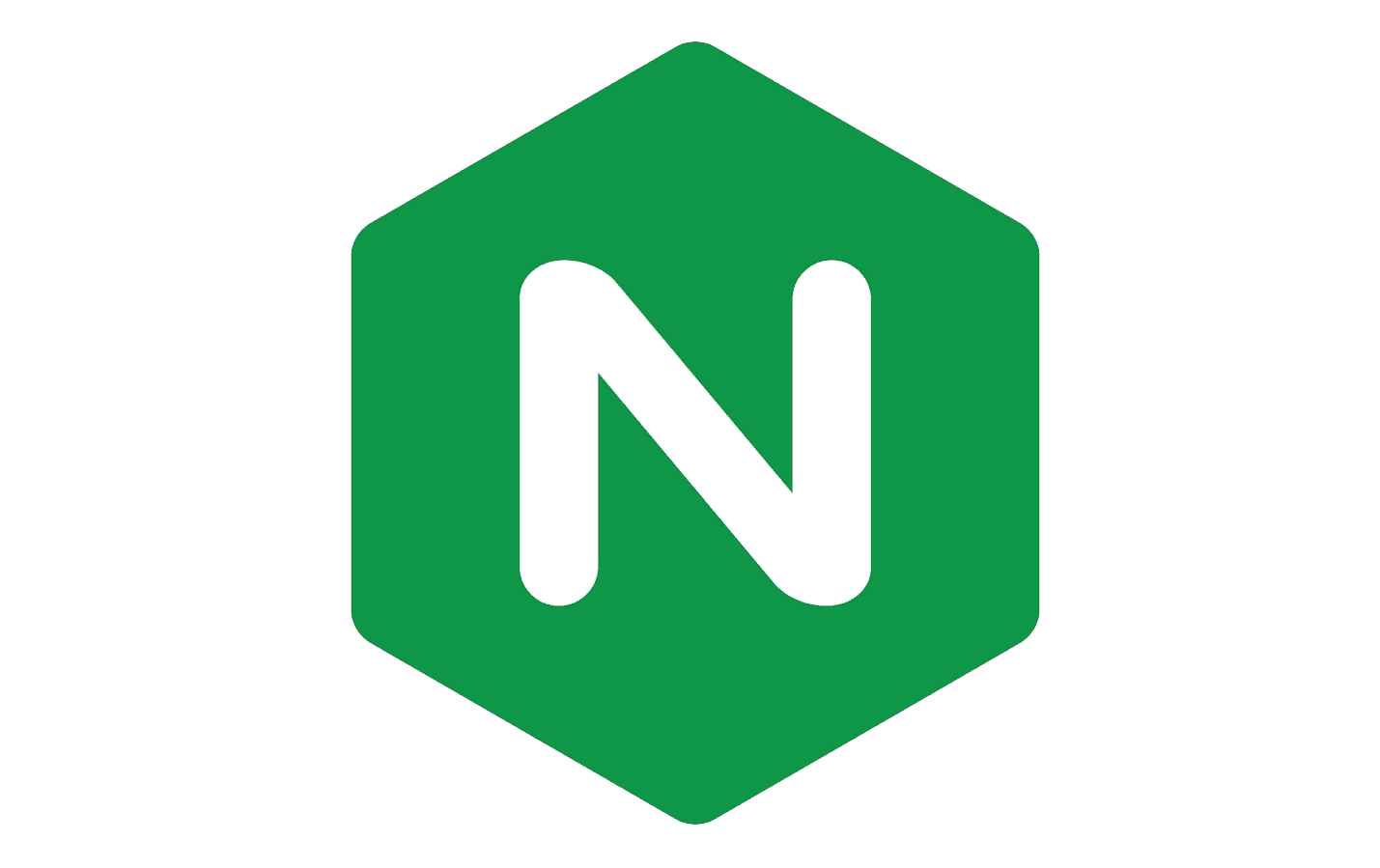CMS Integration
Integration via Content Management Systems
BotGuard works with Website Owners and eCommerce Operators to resolve issues with bots and malicious traffic attacking your web resources. We provide several different methods to integrate the BotGuard service with your website or shop. The best integration method depends on the type of access you have to your server.
Before we move on to CMS integration, it's important to note...
We recommend integrating at the web server level whenever possible. For web admins that have access to their server configuration (which is typical if you use a VPS or dedicated bare metal server to host your website) integration via a web server plug-in is highly recommended. This method is preferred because it provides a higher sensitivity for detecting various sophisticated threats.
 NGINX extension module |
 Apache extension module |
What If I Don't Have Access To The Server?
It's not always possible for a BotGuard customer to have access to their web server configuration. This is typical for websites that use a shared hosting plan. This means that one part of the web server hosts many other sites, and as a result, any changes in the configuration will affect the other domains. Therefore, shared hosting providers usually do not allow such access.
In some cases, the web server software used may be incompatible with our plugins for NGINX or Apache (for example, you are using another web server).
Alternative Integration Methods
To address this, BotGuard has developed alternative methods of integration. One of the advantages of these methods is their extreme simplicity. This integration requires no web admin experience and will take only minutes to set up. With this type of integration, the Botguard service successfully detects the vast majority of threats, which is sufficient for the vast majority of websites..
We recommend our WordPress users to use our WP plug-in. You can find the WP integration manual below.
If you're not a WordPress user, but your application runs on PHP, then you can integrate using our PHP Application integration guidelines.
 WordPress Integration Manual |
 PHP Application Integration |
Comments
Comments for this post are closed.